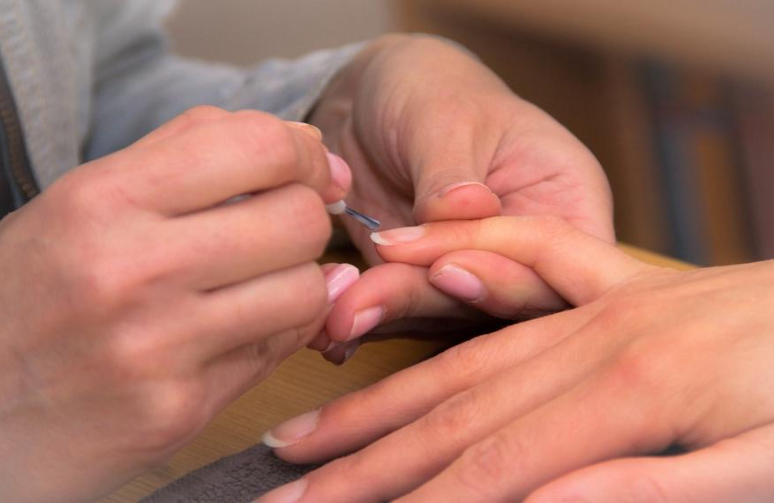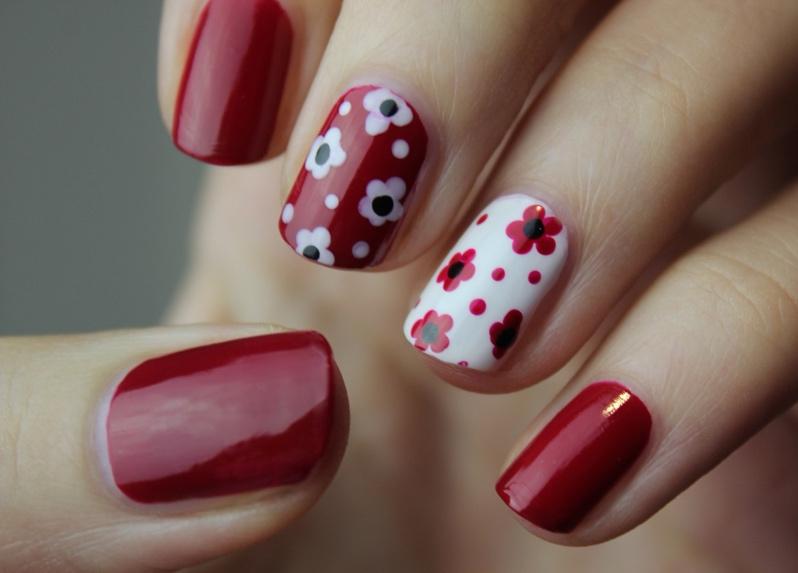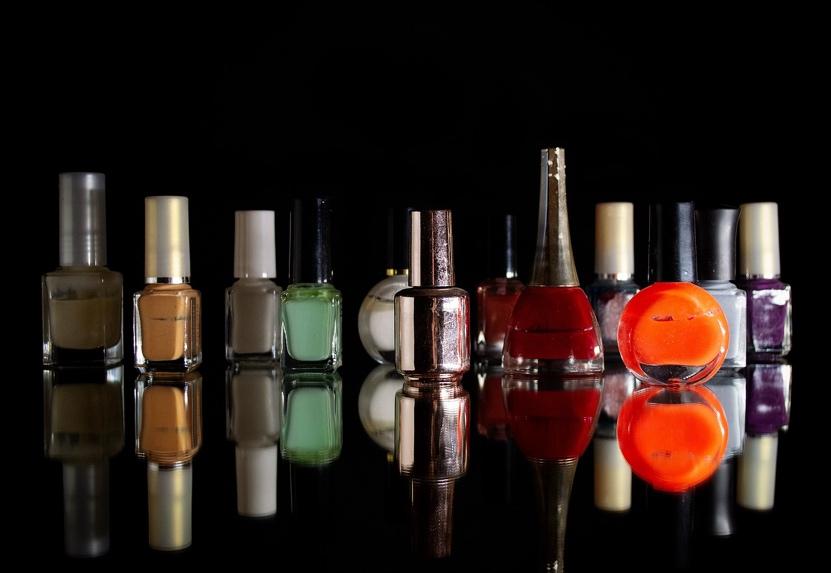Sustainability and Non-toxic Formulas in Nail Art
By Xiao Qing, 8 January 2025



Want to Stay Updated on the Latest Beauty Industry Trends?
The International Beauty Expo (IBE) is making its grand return in June 2025 in Kuala Lumpur, Malaysia! Bringing together exhibitors from around the world, the event will showcase cutting-edge beauty products, technologies, and trends. It’s the perfect platform for industry professionals and beauty enthusiasts to exchange ideas and explore opportunities.
Stay tuned for more details on our website: https://ibe.my
Reference:
Transparency Market Research. (n.d.). Nail care market – Global industry analysis, size, share, growth, trends, and forecast 2023-2034. Transparency Market Research. Retrieved December 26, 2024, from https://www.transparencymarketresearch.com/nail-care-market.html
Berkeley Center for Green Chemistry. (2020). Greener solutions: Safer nail polish alternatives. University of California, Berkeley. Retrieved December 26, 2024, from https://bcgc.berkeley.edu/sites/default/files/copy_of_greener_solutions_nail_polish_final_report.pdf